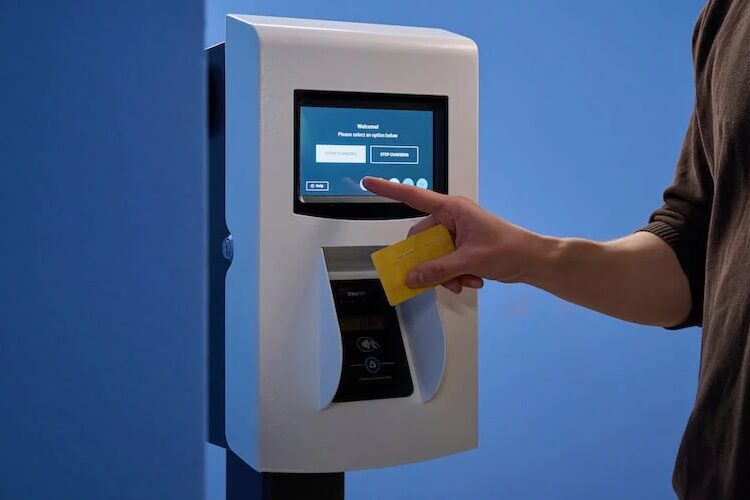AFIR: Static QR codes remain permissible payment option at charging stations
The document confirms that some aspects will not be interpreted as strictly as feared. That concerns the use of QR codes for payment at charge points, for example. “A static QR code could be in line with AFIR as long as it is readable and the security of the payment transaction is ensured,” the Commission explains. In January, there were reports that a static QR code to access a payment page would not be adequate, and it would have to be a dynamic QR code, created individually for each charging process. However, this would require a corresponding display at the charging station, including a controller that generates these QR codes in a legally compliant manner. A feature that today’s (AC) charging stations with small displays tend not to have.
However, some still criticise the EU’s wording on the matter, as there is still (too much) room for interpretation. The question of how or what constitutes that “security of the payment transaction is ensured” is not explained in detail. The German trade group Bundesverband Beratung neue Mobilität, which bundles experts on electric and other forms of new mobility, stipulates that the only way to ensure said “security of payment” would be by installing cameras.
But the published Q&A does provide answers for other questions, such as:
Question 5.4: What is meant with the term “deployed”, for example in “at publicly accessible recharging points deployed from 13 April 2024”?
As the EU Commission explains, “deployed” means a station is “operational.” AFIR does thus not only apply to stations installed after 13 April, but also to those already standing if they went online after the aforementioned date.
Question 5.5: In Article 5 (1), what is the meaning of “payment instrument” and what is the standard or the requirement that a payment is “widely used in the Union”?
Examples of widely used payment instruments are debit cards, widely used credit cards and cash. A payment instrument can be considered “widely used in the Union” for the AFIR if it is used by a significant proportion of Union citizens who have reached the minimum legal driving age. Furthermore, the payment instrument will be supported in most Member States of the Union, if not all.
Question 5.8: What is the difference between a “payment card reader” referred to in Article 5 (1) and a “device with a contactless functionality that is at least able to read payment cards” used in Article 5 (1) (b)? Can you confirm that a “payment card reader” would require the terminal to be equipped with a PIN pad, while a “device with a contactless functionality” would only need to be equipped with an NFC reader (but no PIN pad)?
A “payment card reader” will always require a physical payment card with a chip (debit or credit card) to enable payments, while a “device with a contactless function that can at least read payment cards” could also read physical payment cards, but could also communicate with other payment instruments such as a digital wallet on a mobile phone to enable payments. The distinction between a “payment card reader” and a “device with a contactless function” is irrelevant to whether such a terminal or device for payment services will be equipped with a PIN pad. Whether the presence of a PIN pad is required depends on the payment instrument used for the payment transaction and the consumer authentication requirements applicable to that payment instrument.
A complete list of questions and answers can be found in the document linked below.
The essence of the AFIR is to make it easier for users to charge and pay at publicly accessible charging points – even without an existing electricity purchase agreement. The regulation applies to new charging points with immediate effect, while existing charging points with a capacity of 50 kW or more must be retrofitted by 2027. However, the much-discussed requirement to install a card terminal only applies to newly installed DC charging points with a charging capacity of 50 kW or more. Other secure payment methods are permissible for lower charging capacities – however, a secure ad-hoc payment process must be possible. If there are several charging points at one location, a central payment terminal for all charging points is also permitted to reduce installation and operating costs.
ec.europa.eu, Infos per mail





1 Comment